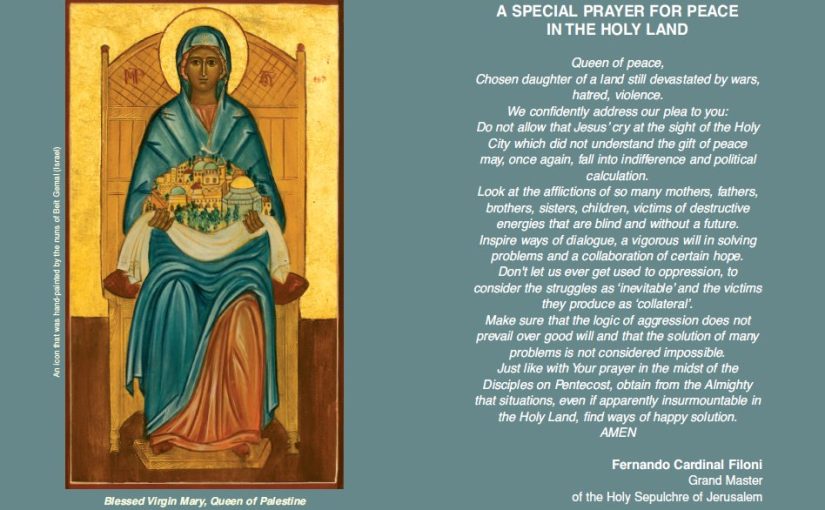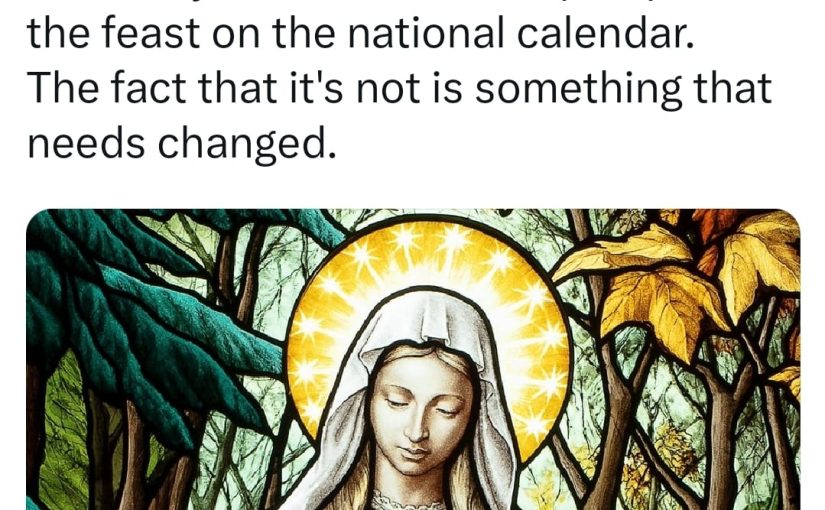The worship of the Catholic Church offers a reminder that every celebration of the Eucharist is, by definition, Thanksgiving. Our proper orientation is that of gratitude for being given life, freedom, love, virtue and friendship.
It is proper and right to hymn You,
to bless You,
to praise You,
to give thanks to You,
and to worship You
in every place of Your dominion.
For You, O God, are ineffable,
inconceivable, invisible, incomprehensible,
existing forever, forever the same,
You and Your only-begotten Son and Your Holy Spirit.
You brought us out of nothing into being,
and when we had fallen away,
You raised us up again.
You left nothing undone
until You had led us up to heaven
and granted us Your Kingdom, which is to come.
For all these things,
we thank You and Your only-begotten Son and Your Holy Spirit:
for all things we know and do not know,
for blessings manifest and hidden
that have been bestowed on us.
We thank You also for this Liturgy,
which You have deigned to receive from our hands,
even though thousands of archangels
and tens of thousands of angels stand around You,
the Cherubim and Seraphim, six-winged, many-eyed,
soaring aloft upon their wings,
singing the triumphal hymn,
exclaiming, proclaiming, and saying,
Holy, holy, holy, Lord Sabaoth,
heaven and earth are filled with Your glory.
Hosanna in the highest.
Blessed is He Who comes in the name of the Lord.
Hosanna in the highest
-from the anaphora (offertory prayer) of the Divine Liturgy of Saint John Chrysostom
Image: The Hospitality of Abraham (mid-6th century mosaic, detail), Basilica of San Vitale, Ravenna, Italy
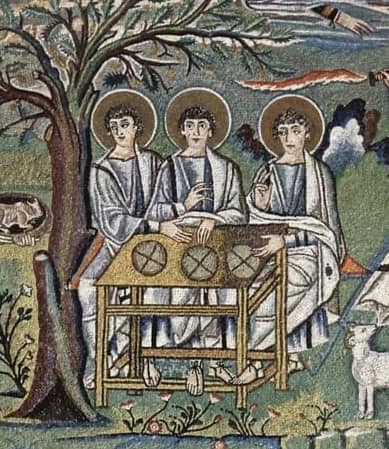
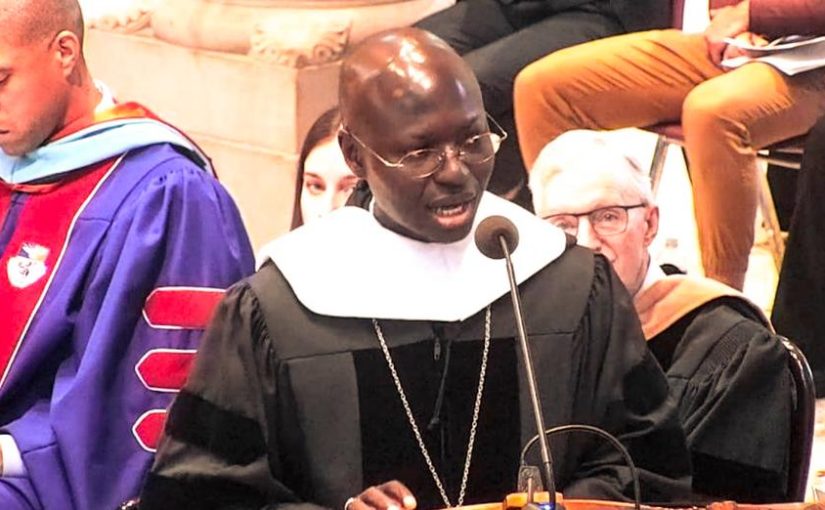

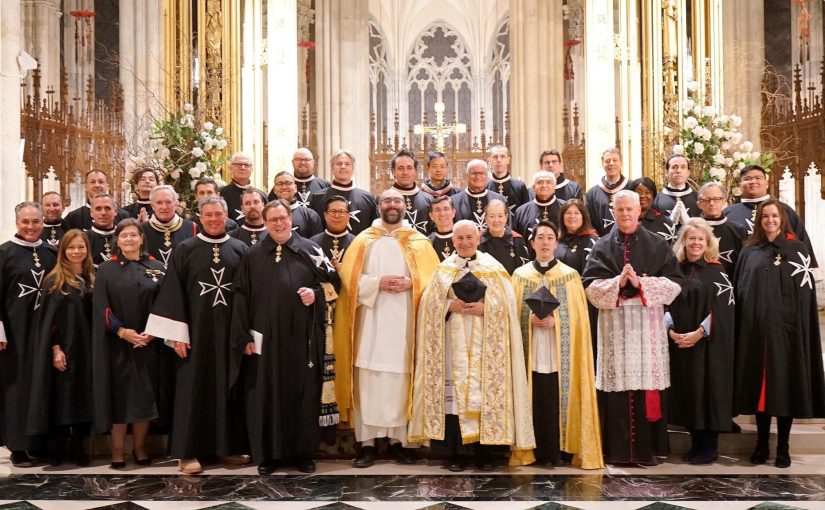
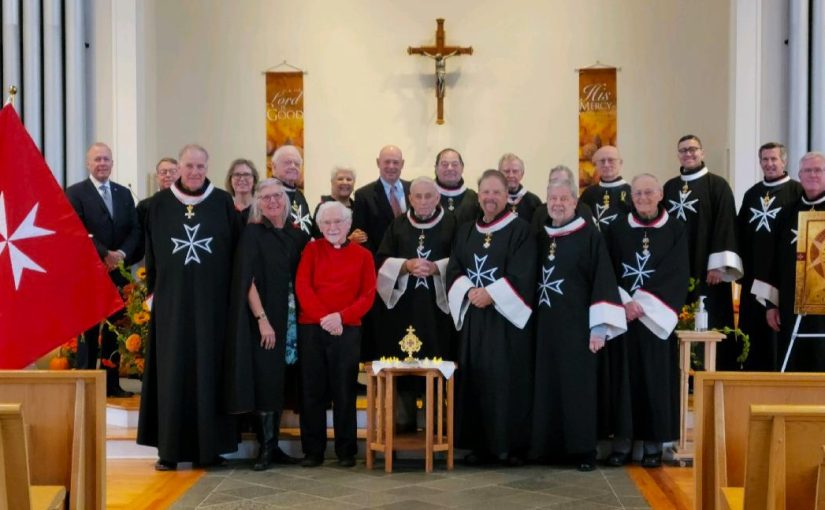


 Today is a solemn feast for those of us who are members of the Order of the Holy Sepulchre of Jerusalem, and for the Latin Patriarchate of Jerusalem. Today is a perfect day to pray for peace in the Holy Land through Mary’s intercession. Prayers for the ministry of the Order of the Holy Sepulchre throughout the world.
Today is a solemn feast for those of us who are members of the Order of the Holy Sepulchre of Jerusalem, and for the Latin Patriarchate of Jerusalem. Today is a perfect day to pray for peace in the Holy Land through Mary’s intercession. Prayers for the ministry of the Order of the Holy Sepulchre throughout the world.
